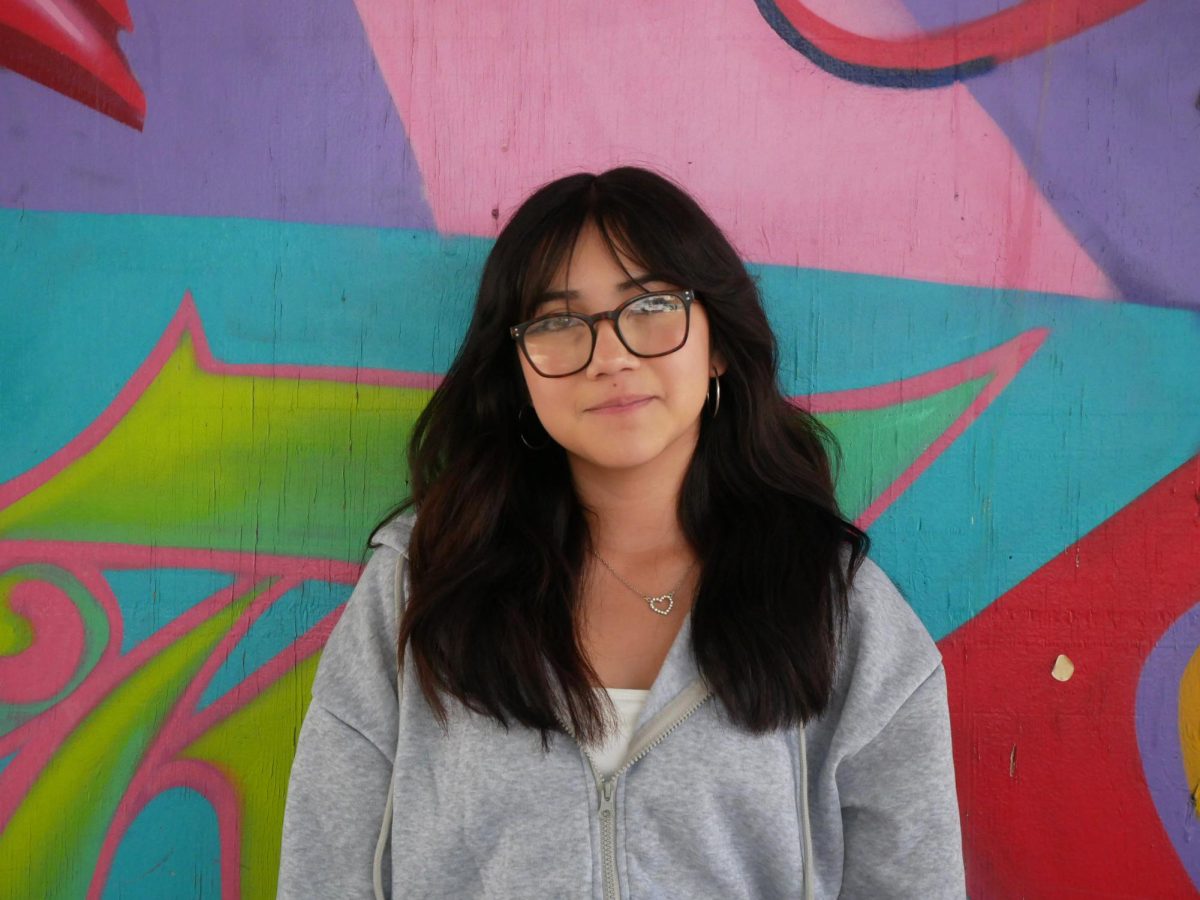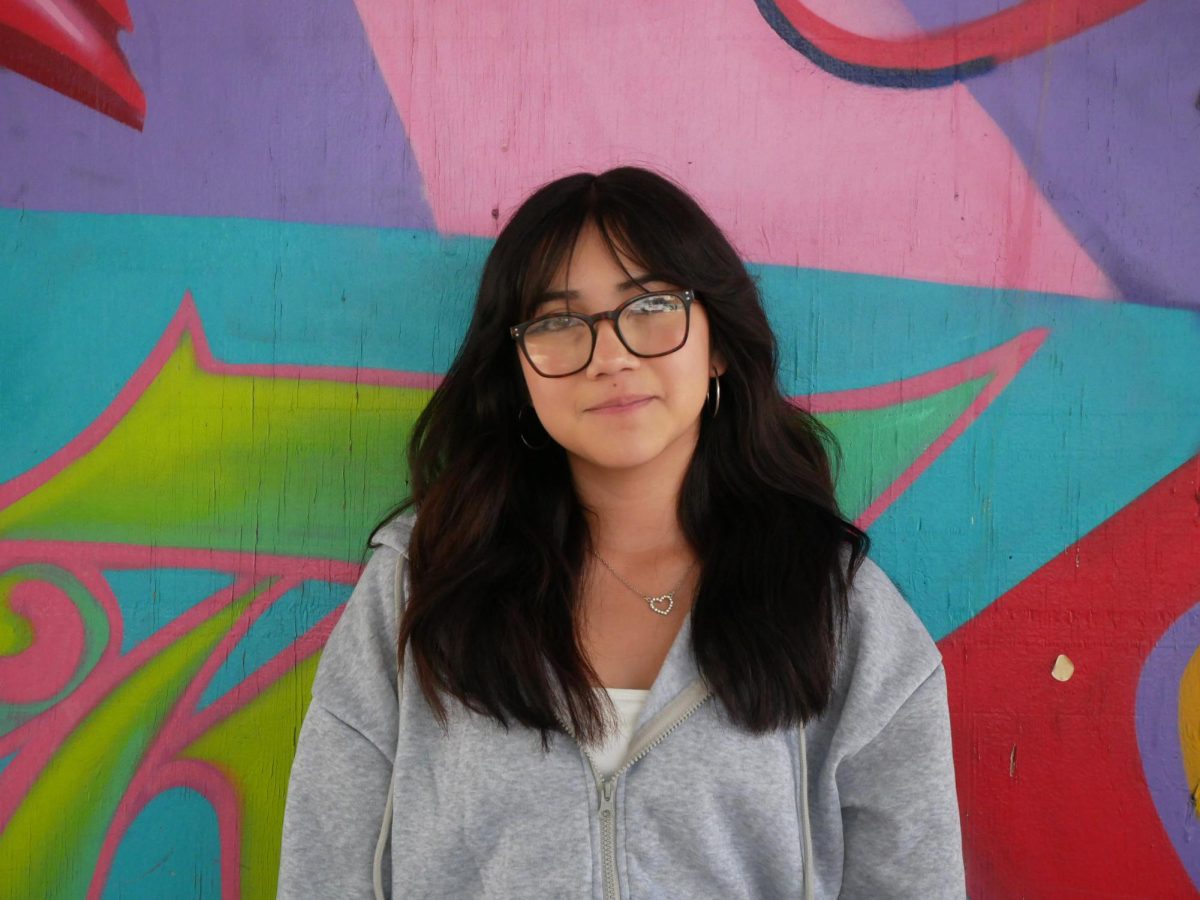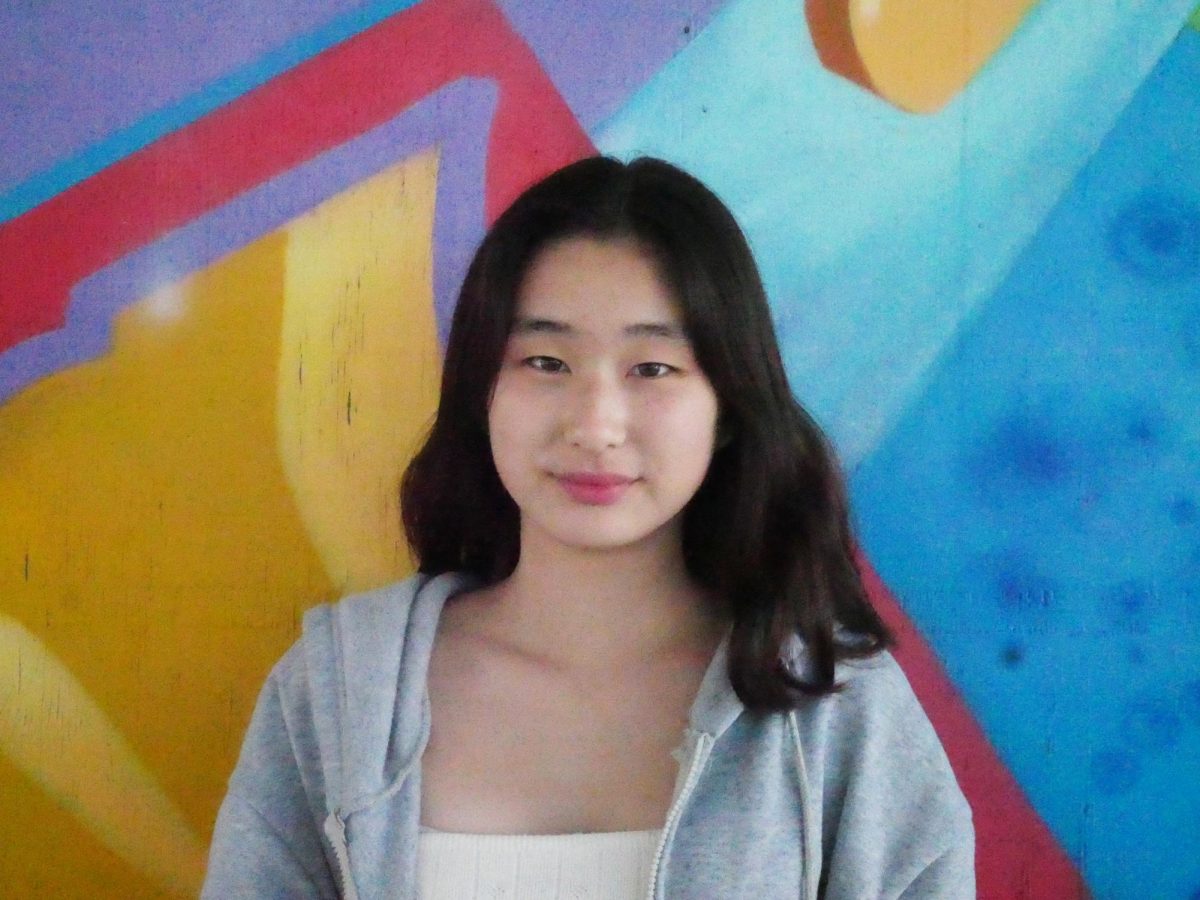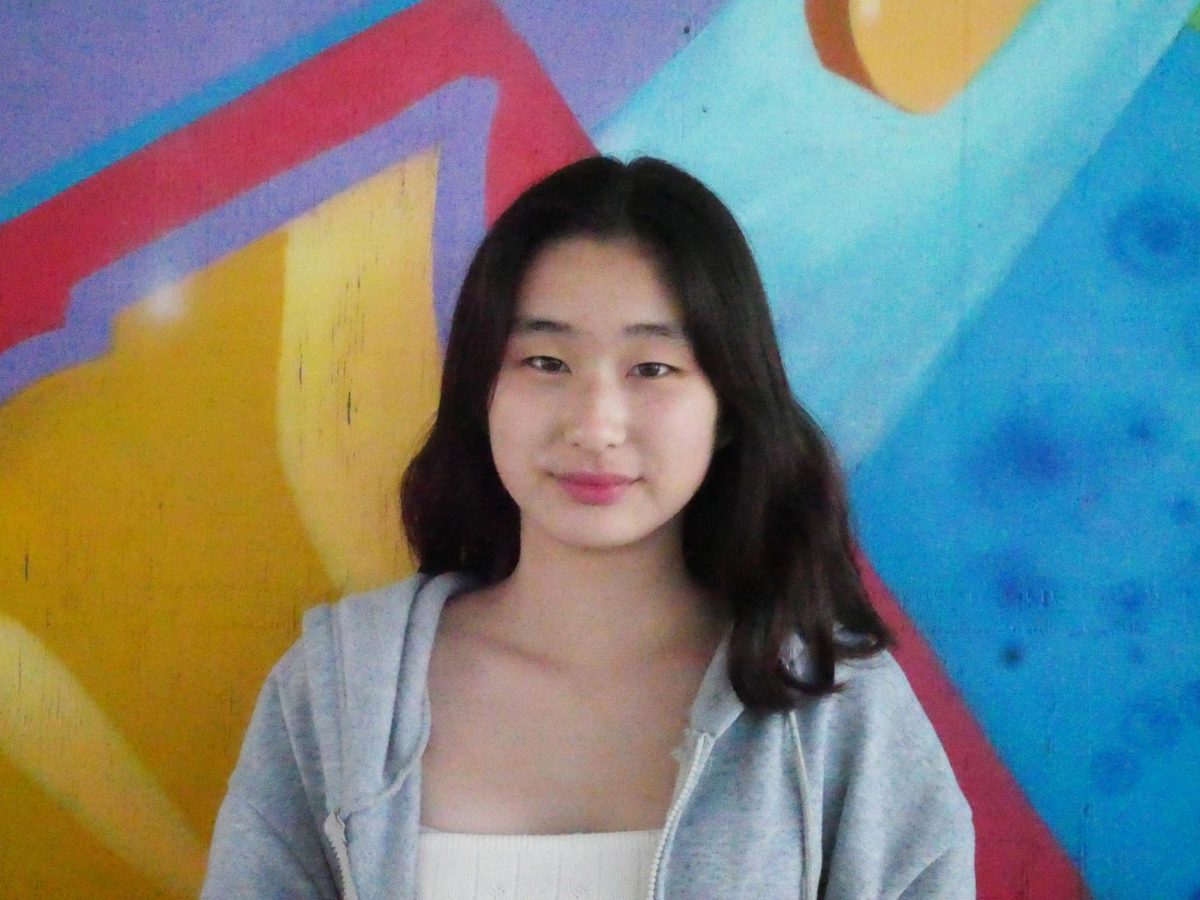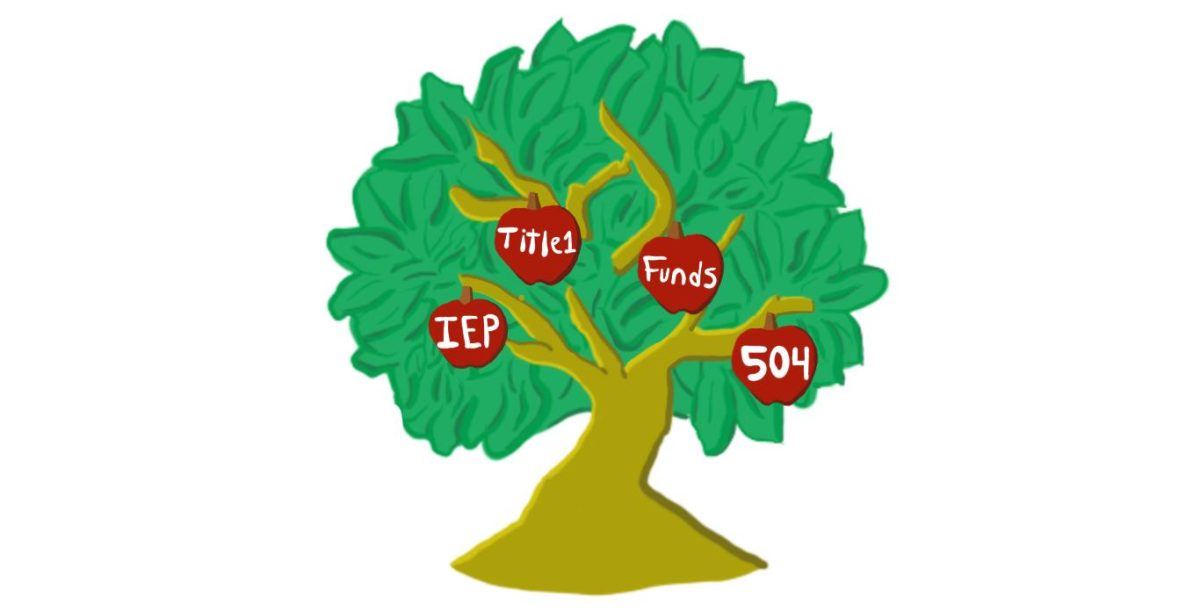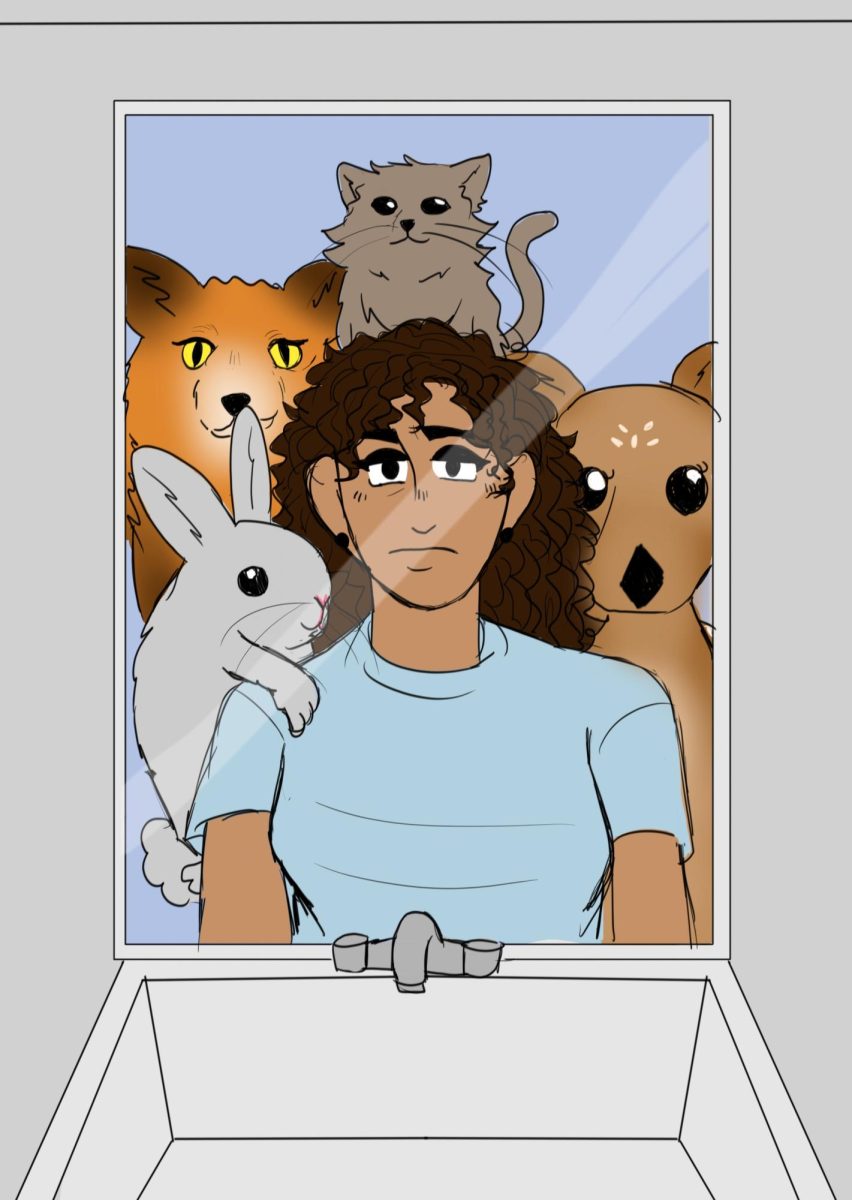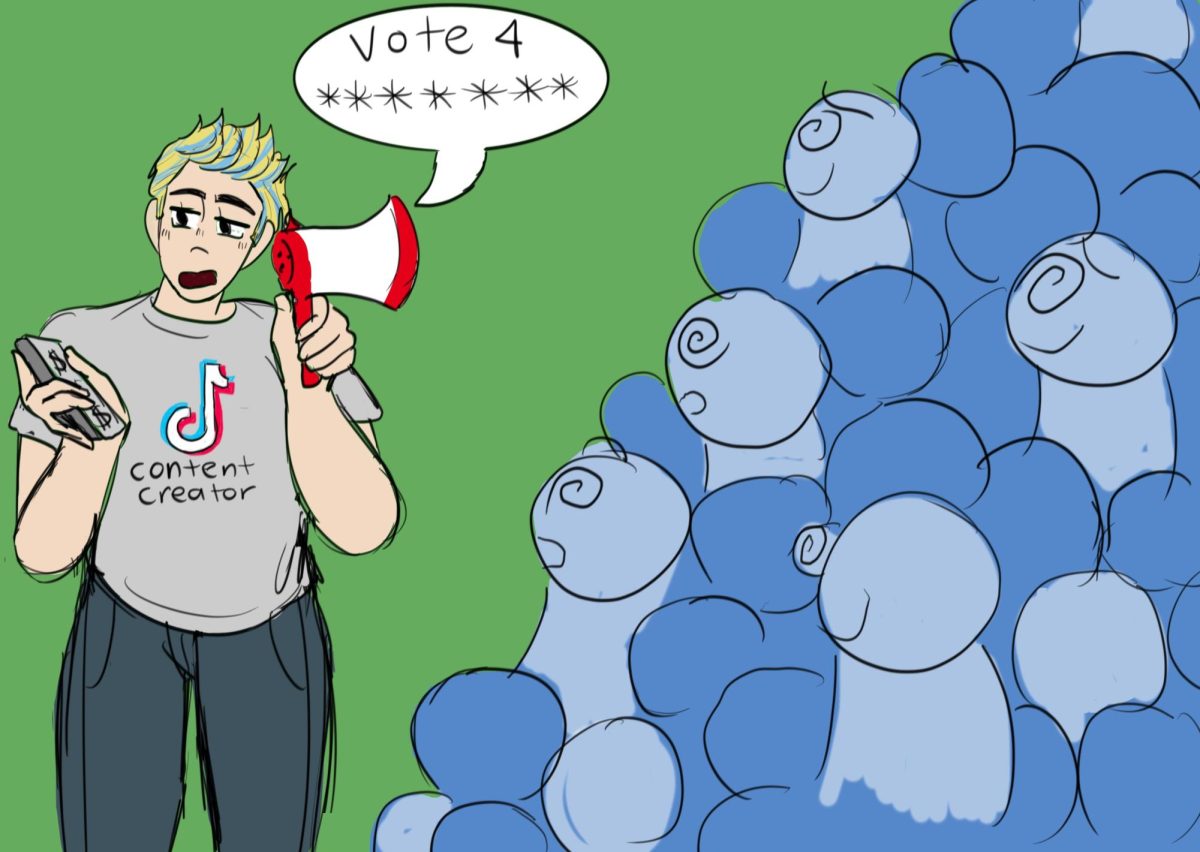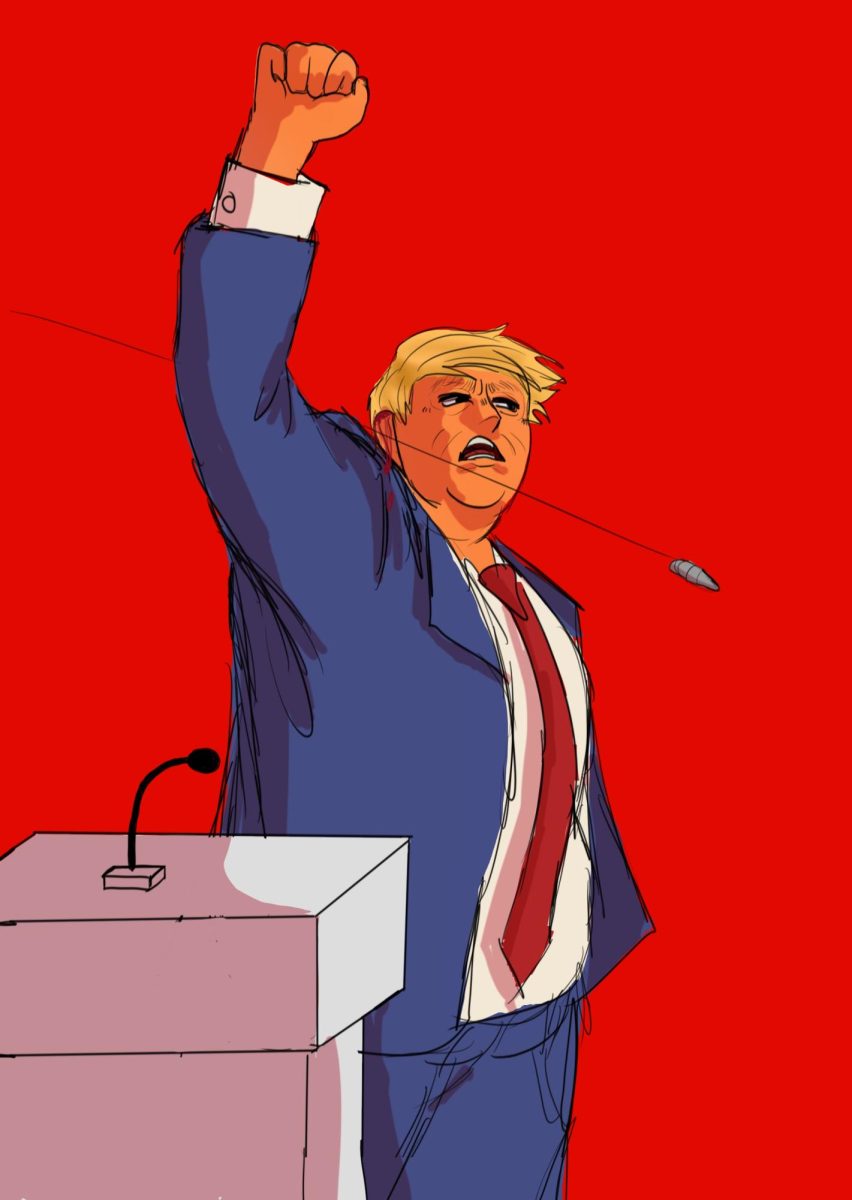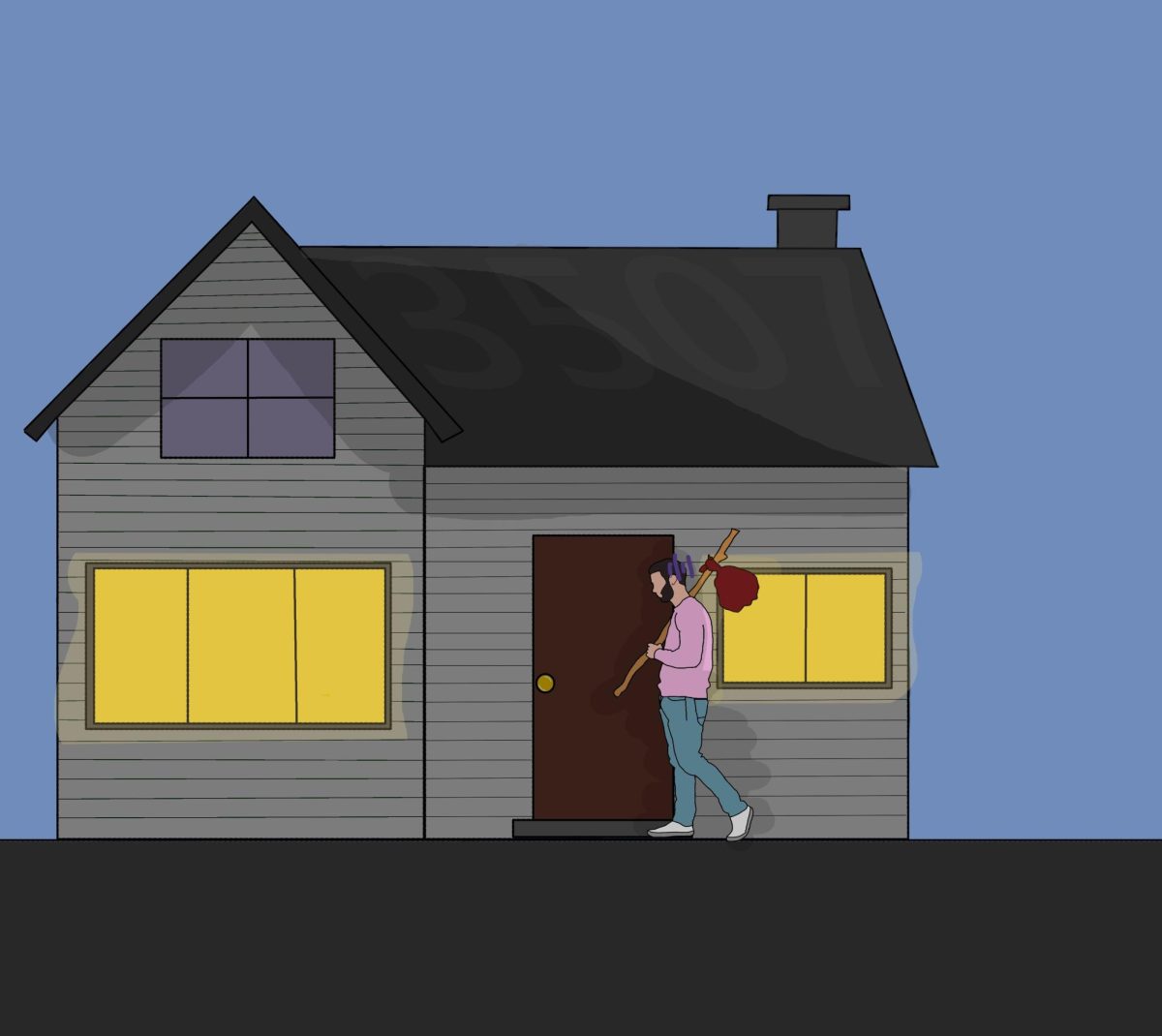On Dec. 5, Bonita Vista High’s (BVH) student-run publication’s the Crusader’s Editorial Board members and Opinion Editors met with three BVH Israel Club members to discuss a recent editorial cartoon that had sparked conflict within the BVH community. For the Crusader, our goal was to take the first step towards creating a safe environment for the vulnerable individuals in our community—as stated in a Staff Editorial published on Nov. 13 by the publication.
An editorial cartoon depicting a student’s view on the current Israel-Palestine conflict was published on the publication’s online website on Oct. 23 and featured in the third issue print of the Crusader which was distributed on the BVH campus on Nov. 3. After reading out a prepared message regarding the editorial cartoon in a Sweetwater Union High School District meeting (SUHSD) board members addressed the unintended harm the editorial cartoon may have caused and discussed the first step to meet with the Israel Club members; in hopes to listen to their personal experiences and insights regarding the Israel-Hamas war, and its impact on them.
The meeting included BVH principal Lee Romero, the Crusader’s advisor Eric Helle, Israel Club advisor Jennifer Ekstein and former journalist Tamar Caspi—who was given the role of mediator by SUHSD. After taking part in a provided lunch, we settled in our seats and took in the environment. Caspi opened the discussion assessing that the meeting was a safe space for all and a place for understanding. Before any comments and input, Caspi prioritized context in regards to the graphic and the publications editing and publishing process.
As the meeting progressed comments and various voices were heard as attendees commented from various sides of the room. The meeting was to ensure Israel Club members could voice their opinions, stories and concerns in regards to the Crusader’s published editorial cartoon and impacts of the current Israel-Palestine conflict.
The Israeli Club members shared their stories regarding the extreme danger and fear that they feel, experienced or notice. I felt the room’s atmosphere shift as students shared their true emotions, stories of the past and their current reality—involving loved ones in Israel or companions in tragedy. These stories have some common components: closeness to death, living in fear and cultural repression.
Hearing voices from another perspective truly opened my mindset and the understanding I had prior to the meeting. As I listened to them, I began to greatly empathize with the students and their fears. The editorial cartoon is to be left upon interpretation, but hearing the interpretations from another view allowed me to understand the new information to uncover and provide the publication with another outlook. I recognized the impacts of the conflict and how previously I had exposure to only one side of the conflict.
In relation to the self reflection I had during and after the meeting, Caspi emphasized how one sided one’s algorithm on social media can be. She described the power social media holds and how specific content may be concealed to be aligned with a user’s interest and opinions. Several attendees expressed their experiences with social media algorithms, me being one of them. Over a period of time I have come to realize the power of social media platforms like TikTok and Instagram when it comes to filtering the content I see.
Understanding the huge impact one’s social media algorithm has, I have realized the importance of understanding and researching all perspectives. Following the meeting, I hope for a growth of understanding within the community and for all students to feel safe to do things such as share their fears and thoughts. As I was exposed to new information, I was given the opportunity to reflect upon my own beliefs and understanding of students around me. Moreover, as the meeting opened a safe platform for the jewish students on campus to share their stories and voices, our publication fulfilled a needed step towards creating a safe community.

